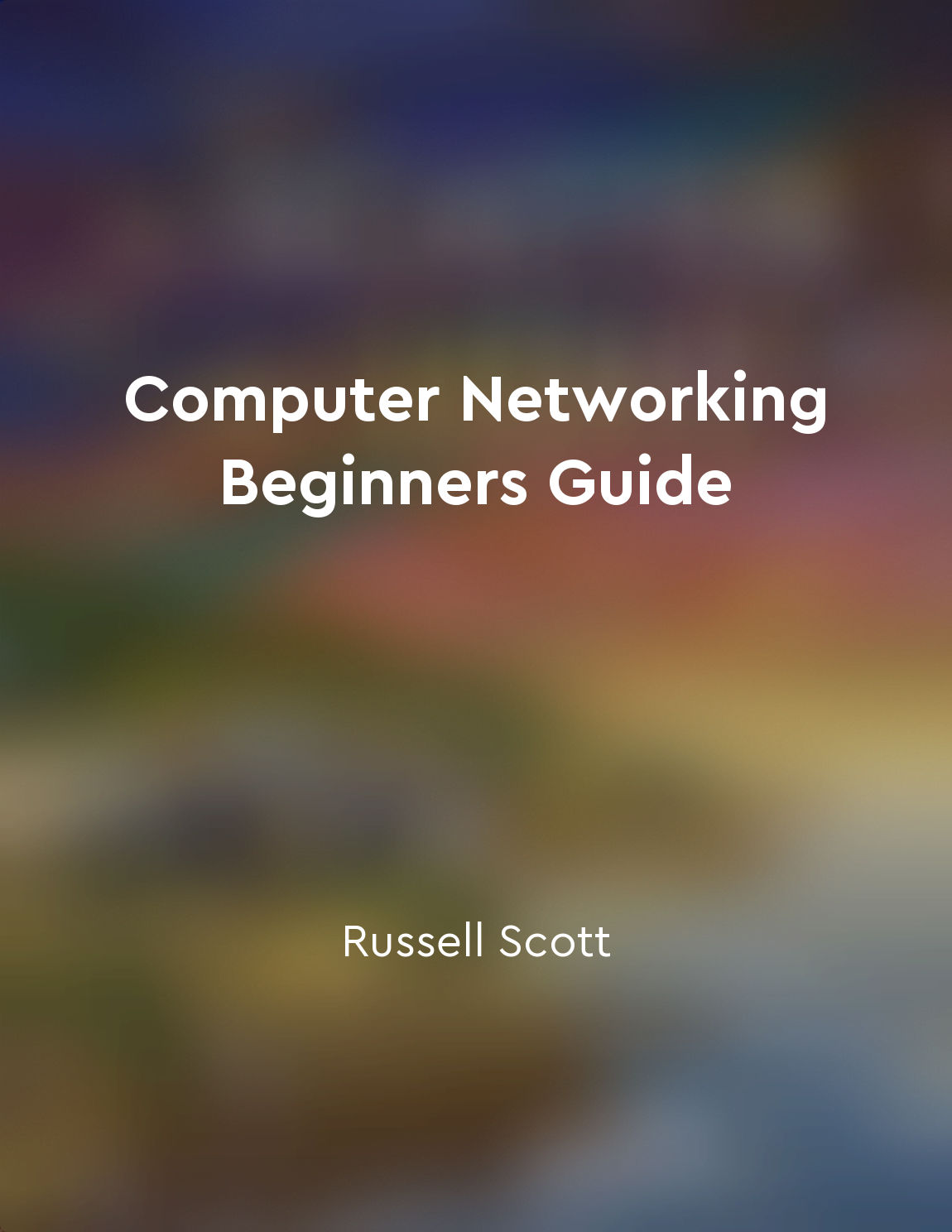Virtualization allows multiple operating systems on one device from "summary" of Computer Networking Beginners Guide by Russell Scott
Virtualization is a technology that enables the running of multiple operating systems on a single physical device. This means that you can have different operating systems coexisting on the same machine, each isolated from the others. This is achieved by creating virtual instances of hardware and software resources, allowing each operating system to run independently within its own virtual environment. The virtualization layer, also known as a hypervisor, acts as a mediator between the hardware and the various operating systems running on the device. It manages the allocation of resources, such as CPU, memory, and storage, to ensure that each virtual machine operates efficiently and securely. By virtualizing the hardware, it becomes possible to run multiple operating systems simultaneously, without the need for separate physical devices. One of the key benefits of virtualization is the ability to consolidate workloads onto a single device, reducing the need for multiple physical machines. This can lead to cost savings in terms of hardware, power consumption, and maintenance. It also allows for better utilization of resources, as virtual machines can be dynamically scaled up or down based on demand. Another advantage of virtualization is the ability to create isolated testing and development environments. Developers can set up virtual machines to test applications on different operating systems without affecting their main system. This provides a safe and controlled environment for experimentation and debugging. In addition, virtualization offers enhanced flexibility and scalability. Virtual machines can be easily moved or copied between physical devices, making it simple to scale up or migrate workloads as needed. This can be particularly useful in scenarios where high availability and redundancy are required.- Virtualization opens up a world of possibilities in terms of maximizing the potential of your hardware. By allowing multiple operating systems to run on a single device, you can improve efficiency, flexibility, and cost-effectiveness in your computing environment.


